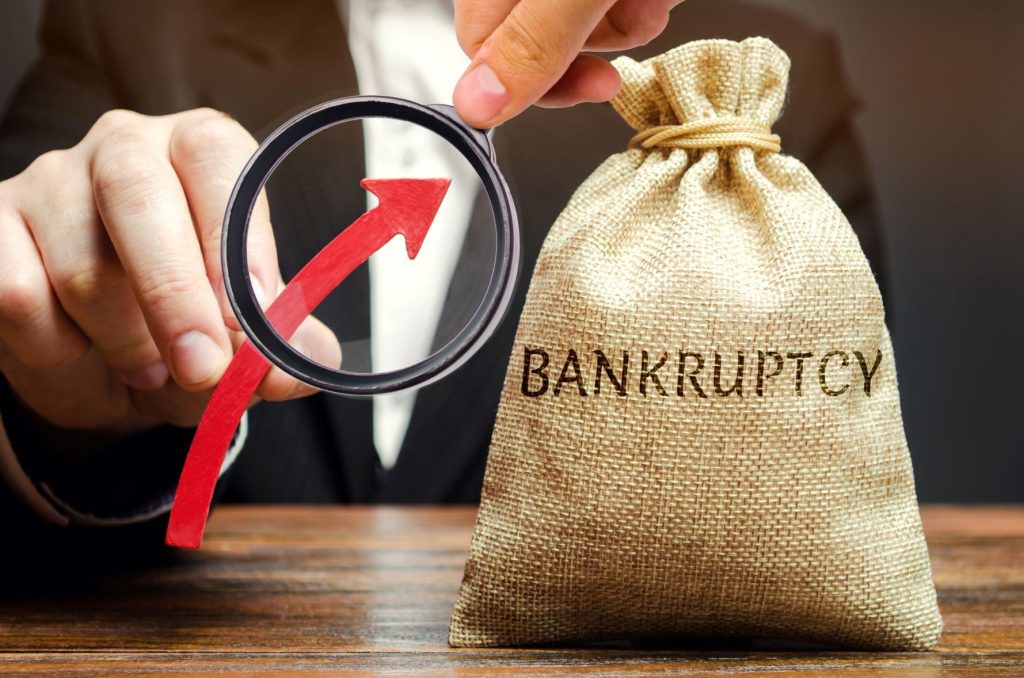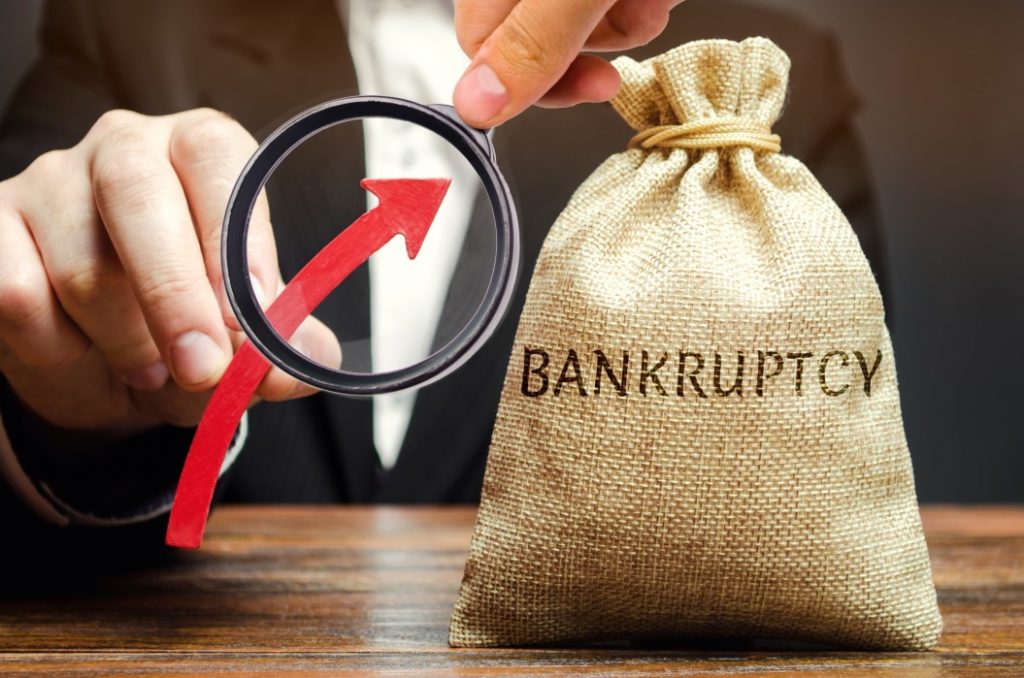If you file bankruptcy, you will have a poor payment history and lenders will consider you a risky borrower. There are ways to fix this. First, you should be aware of the changes in your credit score. Lenders will see you as a risky borrower, but this can be fixed if you can prove to lenders that you are a trustworthy borrower.
Financial foundations are essential
Building a solid financial foundation is one of the most important steps to recovering from bankruptcy. You will want to keep track of your finances on a regular basis, so you will know what you need to spend and save each month. Aso you can use this information to increase your savings and pay your bills on time. You should also reduce your spending and eliminate unnecessary luxuries. You will be able to build a solid financial foundation for recovery from bankruptcy by focusing on the essentials and minimizing your wants.
A solid financial foundation can help you rebuild your credit and finances. Banks offer second-chance programs to bankruptcy filers. You can show lenders that you can manage your money responsibly and will work to rebuild your credit history by keeping a positive balance in your credit card.
Getting approved for credit cards after bankruptcy with Tradelines For Sale
You may not be approved for credit cards from most lenders if you have recently filed bankruptcy. If this is the case, you should first look at other credit cards and then work to improve your credit score. After you’ve stabilized your finances, you can apply for a secured credit card. You can then apply for a secured credit card by paying your monthly bills on time. This will improve your credit score.
It is much easier to get a credit card approved after bankruptcy than you might think. First, you must check your credit score and report. There may be several accounts that you have already maxed out, and others that have been transferred to collection agencies. Your credit score may be fair or poor. If this is the case, it may seem impossible to get approved for a credit line after bankruptcy. It is possible if you work hard to rebuild your credit. It is the best option is to visit personaltradelines.com who offer tradelines for sale.
There are many options for those who are eligible to apply after bankruptcy for credit cards. You can become an authorized user on someone else’s account, or you can open a secured credit card in your name. A secured credit card is easier to qualify for than a traditional unsecured card. You can also apply for a credit card after bankruptcy if you provide collateral to lenders.
If you’ve recently filed for bankruptcy, it’s important to remember that your credit score has been damaged by bankruptcy, and you should consider if you’ll be able to manage a new credit account responsibly. It is important to consider the causes of your financial problems and whether you will be able to make your payments on schedule. If you’ve suffered a major disaster or have lost your job, you might not have the means to repay your debts, which can hurt your credit score.
It is more difficult to get approved for unsecured credit cards after bankruptcy. If your bankruptcy was recently filed, you may be required to pay high fees and receive no rewards. But there are unsecured cards available for people who are still looking to rebuild their credit. One option that might be right for you is the Credit One Bank Platinum Visa for Rebuilding Credit
Creating a budget after bankruptcy
Creating a budget after bankruptcy can help you regain control over your finances. After filing for bankruptcy, you have to make some major cuts in your expenses. For example, you may have to cancel subscriptions or trade in your car. Fortunately, you can start over as soon as you feel better.
Start by making an inventory of your monthly expenses. Determine the fixed and variable expenses that you have. Make note of the essential and non-essential expenses, and then cut back. Once you have this list, create an accurate budget for each category. This list can be used to plan how much money you will spend each month.
Before creating a budget after bankruptcy, you need to know what you spend money on each month. Write down all your monthly expenses and look for unnecessary expenses. For example, you do not need a home phone if you have a cell phone. You can also save money by bringing your lunch to work instead of buying lunch at a restaurant. Also, you should set aside money each month for emergency funds so that you have more money available when you need it.
A budget can be a financial tool that will help you get through bankruptcy. It helps you keep track how much money you make and what you spend it on. It is important that you have enough money to pay your regular bills and those associated with your bankruptcy case. Once you have created a budget, you can learn how to achieve financial freedom.
Having a budget is important no matter what circumstances you are going through. Personal finance is even more important after bankruptcy. A budget can help you keep track of your expenses and prevent you from going over your limit in the future. As long as you are disciplined enough, you can make a budget that meets your needs and fits your lifestyle.
The first step in creating a budget is to figure out your income and expenses. You can do this by hand or with a budgeting app. A budgeting spreadsheet has columns for income and expenses, and built-in formulas that help you determine your surplus and shortfall. It is important that you use the monthly average to budget.
Getting a high-yield savings account after bankruptcy
After bankruptcy, you will have very limited access to credit, so you’ll want to put your money into a high-yield savings account. These accounts are often offered by online banks and offer higher interest rates. They also offer faster access to cash. In addition, they’re generally insured by NCUSIF or the FDIC.
To get started, you should determine a target savings rate. You should aim for 10% or higher. This will help you get ahead financially. Also, cut down on your expenses. To make extra money, you can rent out your spare bedroom. By saving more money, you can be able to pay off your debts. Then, you can start saving for emergencies. It’s important to remember to keep your savings account active even after bankruptcy.
Once you’ve filed for bankruptcy, you should establish good financial habits to avoid getting in trouble again. This includes establishing a savings account and a budget. Setting up a budget and sticking to it will help you avoid spending out of control and prevent you from accumulating significant debt. You can also make saving money a habit by setting up automatic transfers to your savings account.
After filing for bankruptcy, you can get high-yield savings account. This is a great way to get your finances in order and get ahead financially. Keep your bankruptcy papers safe as you never know when they will be needed. They will be available for inspection by the bankruptcy court.
After bankruptcy, it’s important to keep a good relationship with your bank. If you don’t, you may be turned down for an account. So, make sure you keep a good banking relationship and protect your money in your account. It’s a good idea to choose an account that’s FDIC insured, which covers you up to $250,000 for each account.



